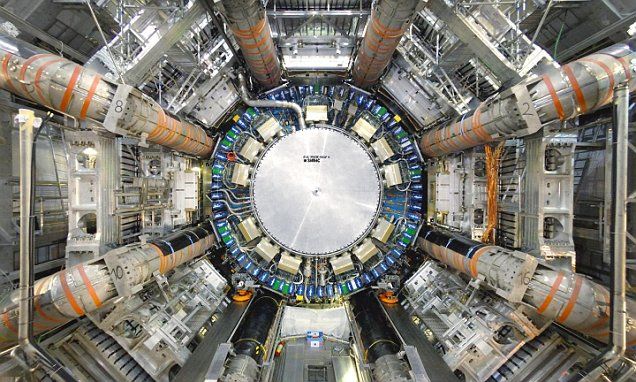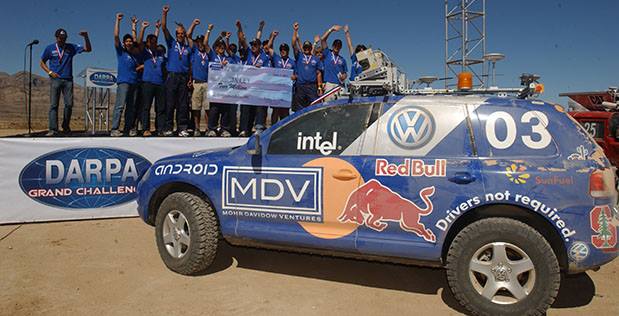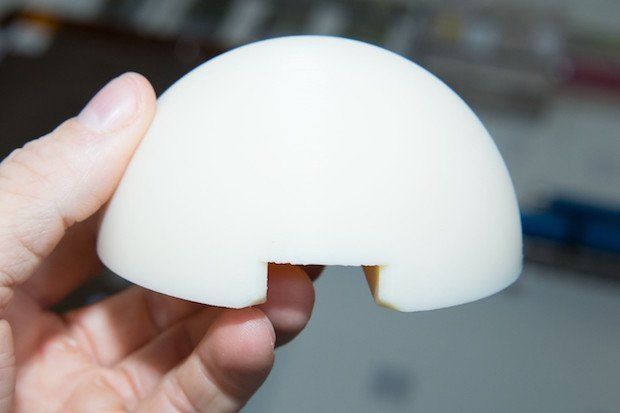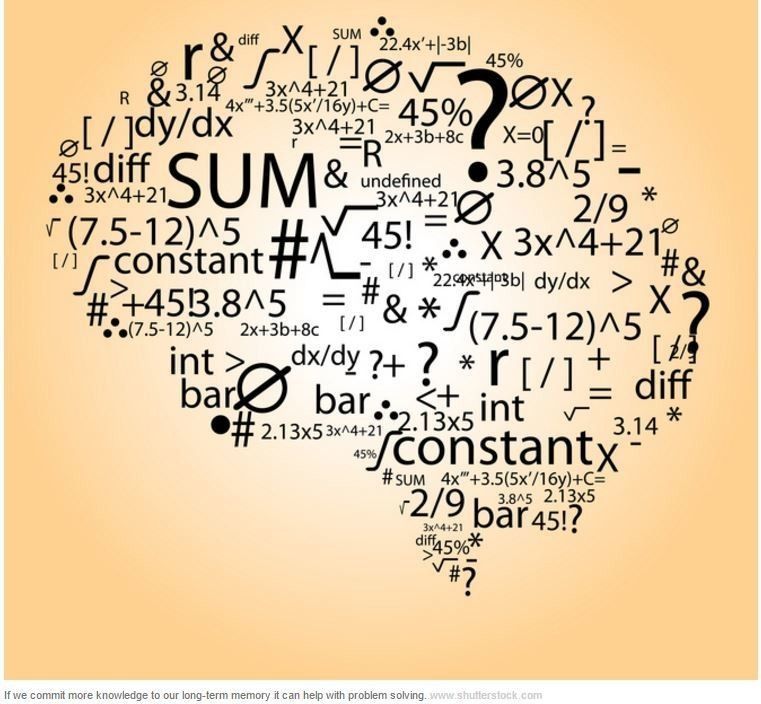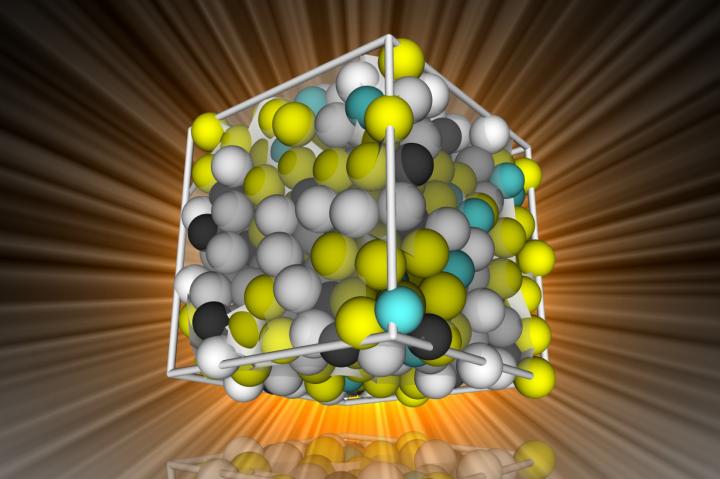Aug 16, 2017
CERN finds ‘direct evidence’ of light interacting with ITSELF
Posted by John Gallagher in categories: energy, quantum physics
A new experiment at the Large Hadron Collider has confirmed one of the oldest predictions in quantum physics.
Physicists from the ATLAS experiment at CERN have revealed they’ve observed direct evidence of a process known as light-by-light scattering, in which light interacts with itself at high energy.
Continue reading “CERN finds ‘direct evidence’ of light interacting with ITSELF” »
